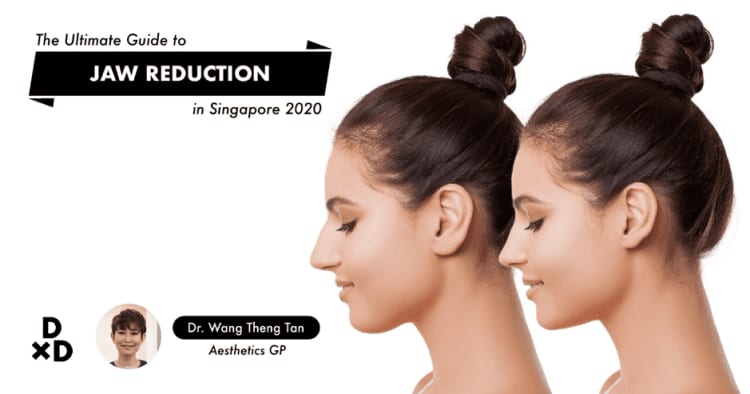- GDFM
- Dip Derm
About Dr Wang Theng Tan
Dr. Tan Wang Theng graduated from the National University of Singapore with a Bachelor of Medicine and Bachelor of Surgery (MBBS) in 2002. She also obtained a post-graduate degree in family medicine at NUS and a post-graduate diploma in Dermatology at Cardiff University (UK).
She has always had a keen interest in beauty and aesthetics. This led her to pursue dermatology and become a medical aesthetic doctor after her MBBS.
Contact Dr Wang Theng Tan
Phone: 62350883
E-Mail: tanwt@moyemmedical.com
Education
Recent Answers
What is difference between Profhilo and Botox or fillers?
Profhilo, Fillers and Botox are all very popular “lunchtime" treatments to refresh the face non-surgically. Profhilo and Natural Fillers (the most commonly used type of filler) both consist of hyaluronic acid (HA), a complex sugar normally found within our dermis that helps skin retain moisture and youthful plushness, making both biocompatible and safe. But the properties and function of HA differ between these two products. Profhilo Profhilo is an injectable pure HA anti-ageing moisturiser that's proven to boost skin’s own collagen regeneration by up to 12 times.
Which lasers are best for red and brown acne pigmentation on the face? (photo)
As inflammation from an acne breakout resolves, it may leave behind residual redness (post-inflammatory erythema, PIE), brown pigmentation (post-inflammatory pigmentation, PIH), or true scars (pitted or raised). Often times, a patient may have any combination of PIE, PIH and true scars. Developing new scars often have redness within them as well. Although PIE and PIH tend to resolve over time (as opposed to permanent true scars), these blemishes are understandably frustrating and treatment is commonly requested.
How long will the redness after fractional CO2 laser take to go away? (photo)
From past experience, redness generally resolves within 1-2 weeks after a typical fractional CO2 scar resurfacing treatment for most patients, consistent with what Dr Terence Tan has observed. Some degree of redness is expected as part of the skin healing response induced by laser skin resurfacing due to the rich vascularisation and immaturity of the thin, newly formed epidermis. Having said that, it can understandably be concerning for many. The redness may be more prolonged where more aggressive treatment is administered (e. g. in deeper scars).




